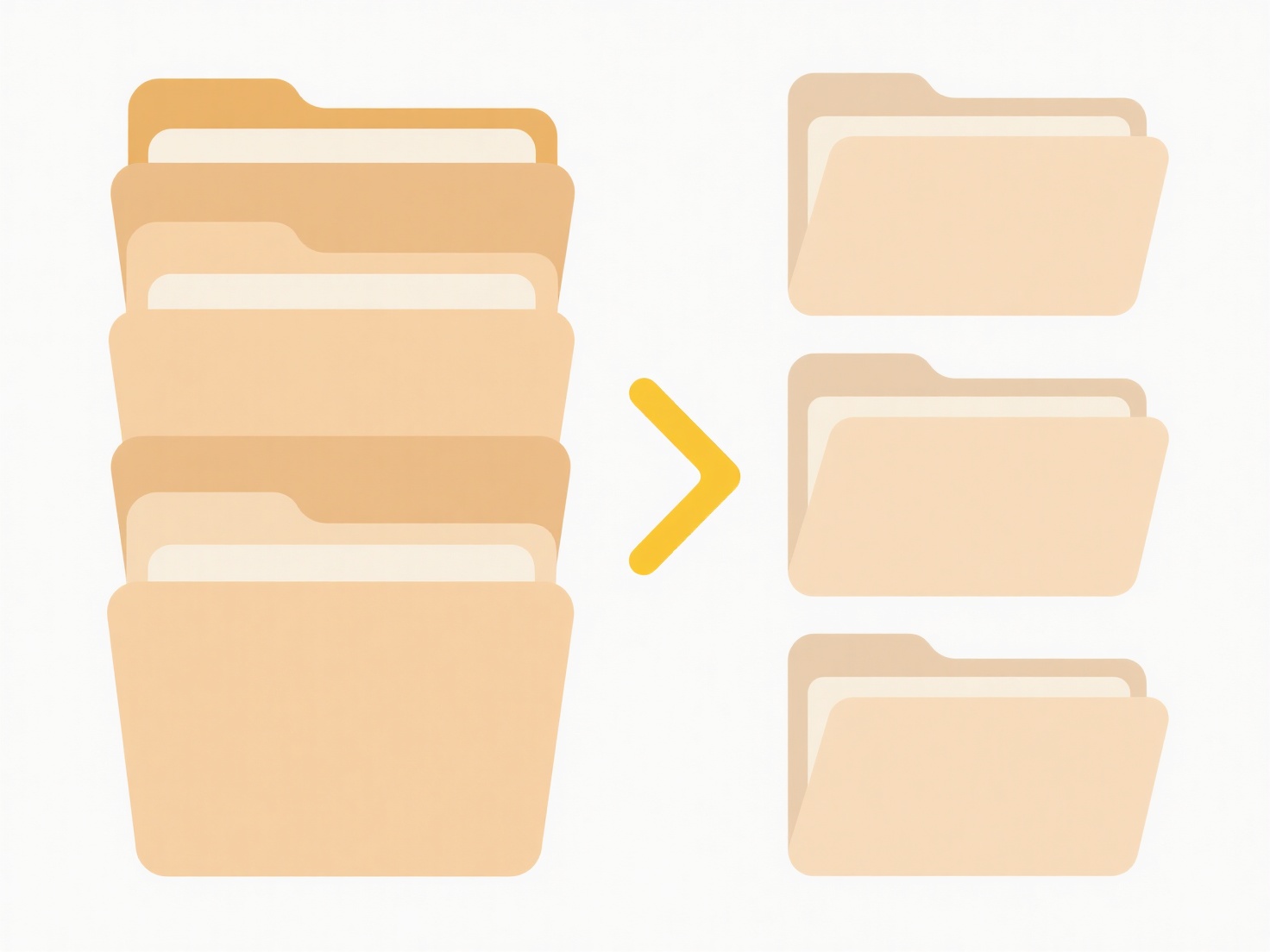
Renaming from a cloud API involves programmatically changing the name (or key) of a file or object stored in a cloud storage service (like AWS S3, Google Cloud Storage, or Azure Blob Storage) without downloading the entire file. Unlike a local file rename, this operation is performed directly on the cloud storage provider's system using their specific application programming interface (API). These APIs provide dedicated endpoints (URLs) and commands, such as COPY combined with DELETE in S3, designed to efficiently manage stored data remotely.

For instance, developers building a document management system use the Storage.objects.copy and Storage.objects.delete methods in the Google Drive API to rename user files automatically when they update filenames within the web application. Similarly, automated data processing pipelines running on AWS Lambda frequently use the S3 API (copy_object + delete_object) to standardize incoming data filenames before analysis without handling file downloads.
The main advantage is automation and efficiency, especially for bulk operations. This avoids network traffic associated with downloading/uploading. Key limitations include potential API rate limits, required permissions (IAM roles), and ensuring atomicity to avoid data loss if deletion fails after copying. Ethical considerations are minimal but relate to authorized access control. As cloud adoption grows, these standardized APIs are increasingly integrated into workflows requiring centralized data management, driving further innovation in cloud-native tools.
How do I rename from a cloud API?
Renaming from a cloud API involves programmatically changing the name (or key) of a file or object stored in a cloud storage service (like AWS S3, Google Cloud Storage, or Azure Blob Storage) without downloading the entire file. Unlike a local file rename, this operation is performed directly on the cloud storage provider's system using their specific application programming interface (API). These APIs provide dedicated endpoints (URLs) and commands, such as COPY combined with DELETE in S3, designed to efficiently manage stored data remotely.

For instance, developers building a document management system use the Storage.objects.copy and Storage.objects.delete methods in the Google Drive API to rename user files automatically when they update filenames within the web application. Similarly, automated data processing pipelines running on AWS Lambda frequently use the S3 API (copy_object + delete_object) to standardize incoming data filenames before analysis without handling file downloads.
The main advantage is automation and efficiency, especially for bulk operations. This avoids network traffic associated with downloading/uploading. Key limitations include potential API rate limits, required permissions (IAM roles), and ensuring atomicity to avoid data loss if deletion fails after copying. Ethical considerations are minimal but relate to authorized access control. As cloud adoption grows, these standardized APIs are increasingly integrated into workflows requiring centralized data management, driving further innovation in cloud-native tools.
Quick Article Links
What tools help search file names in long directories?
File name search tools are utilities or commands designed to quickly locate specific files within complex folder structu...
How do I share a file in OneDrive with edit rights?
Sharing a file in OneDrive with edit rights means giving others permission to open, modify, save changes, and potentiall...
How do I make file names lowercase in bulk?
Bulk file renaming transforms multiple filenames at once. Changing them to lowercase involves converting all letters to ...